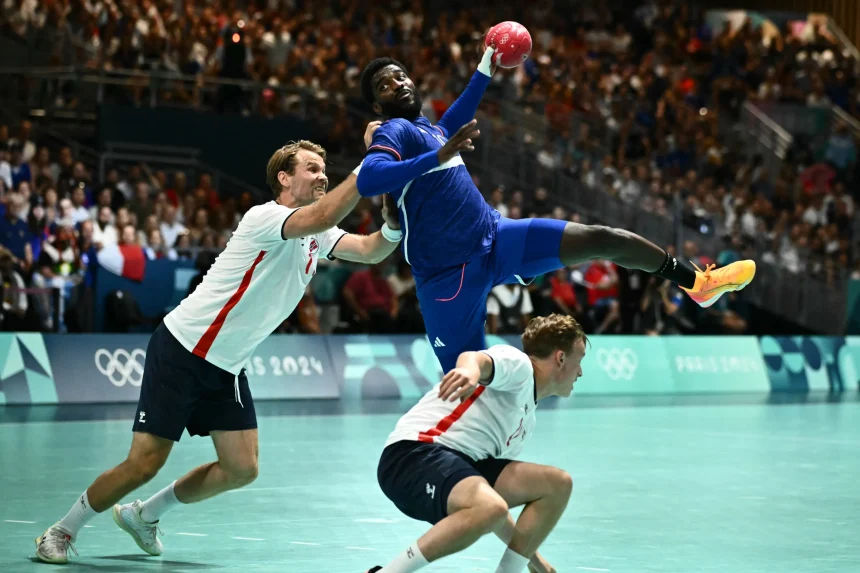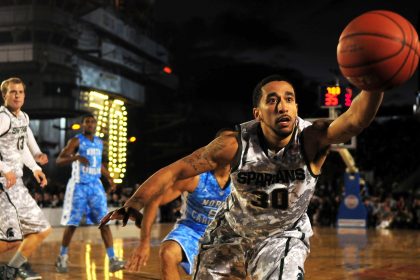Team handball (also known as Olympic handball or European handball ) is a fast-paced indoor team sport where two squads of seven players (six outfield players + one goalkeeper) pass, dribble, and throw a ball to score goals into the opponent’s net. The game is played on a 40m x 20m court , with matches typically lasting 2 x 30 minutes .
Contents
Key Rules & Gameplay
- Players can take three steps without dribbling and hold the ball for up to three seconds.
- Physical contact is allowed but regulated (no pushing, holding, or charging).
- Fast breaks, quick passes, and powerful jump shots (often at speeds over 100 km/h) make it highly dynamic.
Key Rules & Gameplay
- Players can take three steps without dribbling and hold the ball for up to three seconds.
- Physical contact is allowed but regulated (no pushing, holding, or charging).
- Fast breaks, quick passes, and powerful jump shots (often at speeds over 100 km/h) make it highly dynamic.
Why Is Team Handball Popular in the Global Sports Market?
1. Fast-Paced & High-Scoring Action
- Unlike soccer (low-scoring) or basketball (constant scoring), handball offers non-stop transitions, with teams often scoring 50+ goals per match.
- The speed and physicality resemble a mix of basketball, soccer, and hockey, making it exciting for viewers.
2. Olympic & International Appeal
- Featured in the Summer Olympics since 1972 (men) and 1976 (women), giving it global exposure.
- Major tournaments like the IHF World Championships and EHF Champions League attract huge audiences, especially in Europe.
3. Dominance in Europe & Growing Global Interest
- Powerhouse nations like Denmark, France, Germany, Spain, and Norway dominate the sport.
- Increasing popularity in Asia (South Korea, Japan), Africa (Egypt, Tunisia), and South America (Brazil, Argentina).
4. Accessibility & Simplicity
- Easier to understand than some sports (e.g., rugby or cricket) with straightforward rules.
- Can be played indoors or on the beach (beach handball), adding variety.
5. Physical & Tactical Thrills
- Combines speed, strength, agility, and teamwork.
- Spectacular acrobatic goals, saves by goalkeepers, and last-second comebacks keep fans engaged.
6. Media & Commercial Growth
- TV broadcasts and streaming services (like EHF TV, DAZN, ESPN) are expanding coverage.
- Sponsorships from brands like Adidas, Hummel, and Kempa boost visibility.
7. Youth & School Participation
- Popular in European schools and clubs due to its teamwork focus and minimal equipment needs.
- Many pro leagues have strong youth development systems.
8. Inclusion of Women’s Handball
- The women’s game is just as popular, with stars like Nora Mørk (Norway) and Cristina Neagu (Romania) drawing big crowds.
Conclusion
Team handball is gaining traction globally because it’s fast, intense, easy to follow, and packed with adrenaline-pumping moments. While still biggest in Europe, its Olympic presence and growing media coverage are helping it expand worldwide.


















